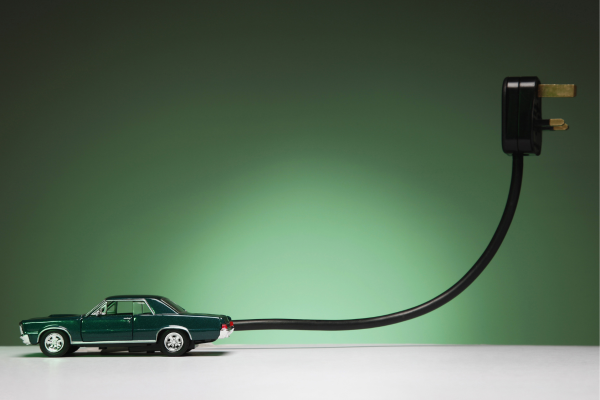Table Of Content
- Introduction
- Safety features Of Electric Cars
- Myth Vs Reality
- Safety Ratings
- Environmental Impact
- Future Directions Towards Electric Cars
- Addressing Concerns
- Conclusion
- Frequently Asked Questions.
Introduction:
Safety Features of Electric Cars:

• Low Center of Gravity:
• Structural Integrity:
• Advanced Driver Assistance Systems (ADAS):
• Battery Safety:
Myths vs. Reality about Electric Cars Safety:

• Fire Risk:
• Electrocution Hazards:
• Range Anxiety:
Real-World Safety Ratings for Electric Cars:
• Crash Test Performance:
• Tesla's Safety Record:
Environmental Impact and Public Health On Using Electric Cars:

• Reduced Emissions:
• Health Benefits:
Future Directions in Electric Car Safety:

• Autonomous Driving:
• Vehicle-to-Everything (V2X) Communication:
• Continual Innovation:
Addressing Concerns and Building Trust on Electric Cars Safety

• Education and Awareness:
• Regulatory Oversight:
• Transparency and Accountability:
Conclusion:
The safety of electric cars is a multifaceted issue that encompasses vehicle design, technology, regulations, and consumer perceptions. While challenges and concerns exist, the evidence overwhelmingly supports the safety and reliability of electric vehicles. From advanced safety features to rigorous crash testing, electric cars are engineered to protect occupants and minimize the risk of accidents.
As the automotive industry continues to embrace electrification and innovation, the future of electric car safety looks promising. With ongoing advancements in technology, infrastructure, and regulatory oversight, electric vehicles are poised to become even safer and more accessible to consumers worldwide. By fostering collaboration, transparency, and trust, stakeholders can collectively promote the adoption of electric cars as a safe, sustainable, and transformative mode of transportation.
Electric cars are not only safe but represent a promising solution to address both environmental concerns and road safety. With advancements in technology and stringent safety standards, EVs offer a compelling alternative to traditional vehicles. While challenges such as range anxiety and infrastructure development persist, the benefits of electric cars far outweigh any perceived drawbacks. As the automotive industry continues to evolve, electric vehicles are poised to play a central role in shaping the future of transportation, prioritizing safety, and sustainability for generations to come.
Frequently Asked Questions:
Yes, electric cars are generally as safe as traditional cars, if not safer. They undergo rigorous safety testing and are equipped with advanced safety features such as reinforced battery compartments, low center of gravity (due to heavy battery packs), and autonomous emergency braking systems, which can contribute to minimizing collision risks.
Electric cars often come with unique safety features such as Battery Management Systems (BMS), which monitor battery health and prevent overheating or overcharging. Additionally, many electric cars have regenerative braking systems that improve braking efficiency and stability, enhancing overall safety.
While electric car batteries are generally safe, there are concerns about thermal runaway, which can lead to fires or explosions in rare cases. However, manufacturers implement extensive safety measures, including thermal management systems and crash protection features, to mitigate these risks and ensure the safety of electric vehicles.
Electric cars often perform well in crash tests and have earned top safety ratings from organizations such as the National Highway Traffic Safety Administration (NHTSA) and the Insurance Institute for Highway Safety (IIHS). The structural integrity of electric vehicles, combined with their advanced safety features, contributes to their overall safety performance in crash scenarios.
The safety of electric car charging infrastructure is a valid consideration, but modern charging stations are designed and built to stringent safety standards. Additionally, electric car manufacturers provide guidelines for safe home charging, including the installation of dedicated circuits and the use of certified charging equipment. As electric vehicle adoption increases, regulatory bodies and industry stakeholders continue to enhance safety protocols for charging infrastructure.

